Dechroming is essential for utilization of chromium-containing leather wastes. Strong hydrolysis conditions favour breaking of the Cr and collagen linkage, but lead to a high degree of hydrolysis of the collagen so that the separation of chromium from the gelatinous hydrolysates becomes difficult. In this research, a mild acid-alkali alternate treatment of the waste with hydrolysis assistants was investigated, so as to develop a technology that has high dechroming level and low hydrolysis degree of collagen. A satisfactory dechroming method with four steps was finally obtained and the reaction conditions for each step were optimized as follows. Step 1 – waste in the solution with 2g/L NaOH and 40g/L urea (hydrolysis assistant) was stirred for 0.5 hours at 40°C. Step 2 – waste in 50g/L sulfuric acid solution was stirred for 1 hour at 40°C. Step 3 – waste in 40 g/L Ca(OH)2 suspension was stirred for 2 hour at 30°C. Step 4 – waste in 50g/L sulfuric acid solution was stirred for 1 hour at 30°C. With this method, total extent of the dechroming of the waste was higher than 97% while the hydrolysis degree of collagen was lower than 10%.
£20.00
Are you a member? Log in for access to the article.

Society of Leather Technologists & Chemists
C/O Office 39, iCon Innovation Centre
Eastern Way
Daventry, Northamptonshire
NN11 0QB
Registered In England No. 00502705. Registered Charity No. 262247